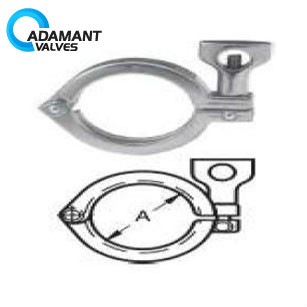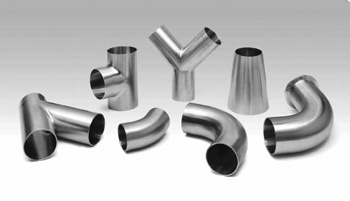Maintenance Methods of Sanitary Fittings

Sanitary fittings are mainly used for hygienic fittings used in places with high hygienic standards in pharmaceutical, food and other industries. Generally, sanitary fittings are purchased from pharmaceutical or food factory for maintenance and related equipment configuration, and buyers are mainly pharmaceutical, food equipment system integrators and buying wholesale and so on.
Generally, sanitary fittings can be installed at any position of the pipeline. However, it should be noted that the media flow direction of the sanitary grade elbow should be from the bottom to the top of the longitudinal valve disc for the inspection of easy operation, and the sanitary grade head can only be installed horizontally. Pay attention to the sealing of sanitary fittings during installation to prevent leakage and affect the normal operation of pipes. Sanitary fittings should be used and maintained in the correct and reasonable way so that they can last for a long time.
When used, sanitary fittings, sanitary ball valves, sanitary shut off valves and sanitary brake valves are only used for full opening or full closing without regulating flow, so as to avoid erosion of the sealing surface and accelerate wear. Brake valves and screw stop valve have reverse sealing devices, turning the handwheel to the top position and tightening to prevent the media from leaking from the stuffing.
Long-term storage of sanitary fittings should be inspected on a regular basis and the exposed surface of processing should be kept clean, and they need to be kept in a clean, ventilated and dry place indoors and are not allowed to be piled up or stored in the open air. When installing, the sanitary fittings can be directly installed on the pipeline according to the connection mode and installed according to the position used.
Sanitary fittings are often affected by iron powder or other attached metals and appeared to rust, which can be cleaned with a sponge or cloth and then dried. In some coastal areas, sanitary fittings may often be hit by the sea wind, and stainless steel products may be affected by chlorine ions and produce red rust. This is also a case of scrubbing, but pay attention to regular maintenance.





